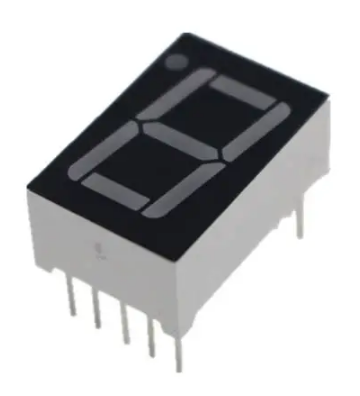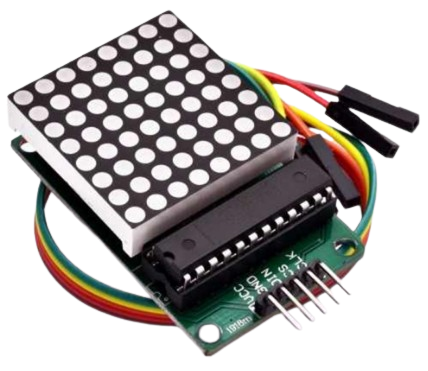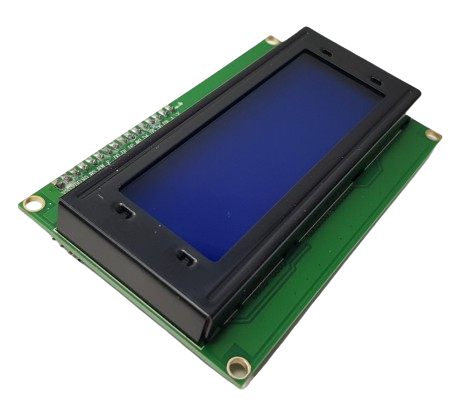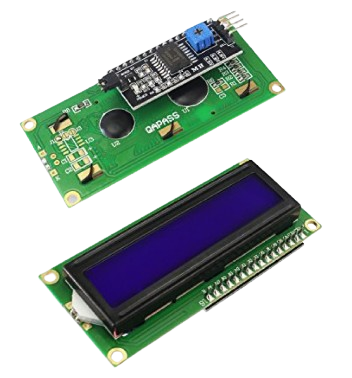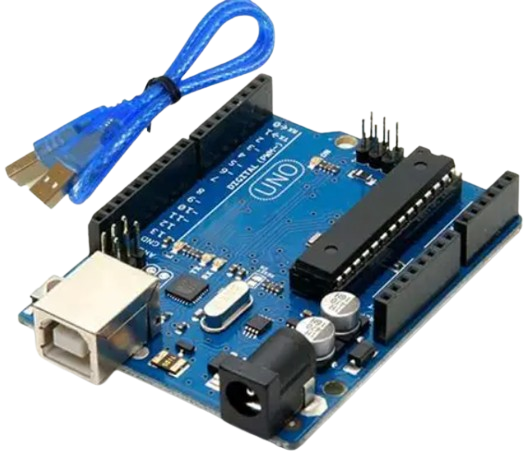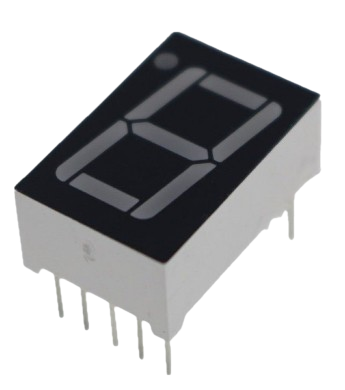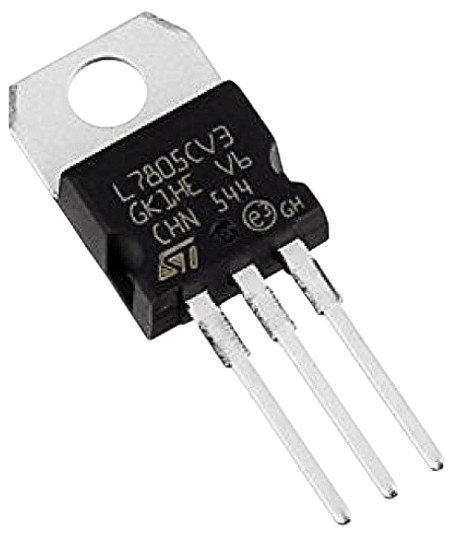*Product images are for illustrative purposes only. Actual product may differ from images. Please refer to the product description and specifications for details.
7-Segment Display (Common Anode)
Check Delivery Availability
No reviews yet. Be the first to review!
Product Specifications
| Specification | Details |
|---|---|
| Type | 7-Segment LED Display (Common Anode) |
| Number of Segments | 7 + 1 decimal point |
| Operating Voltage | 1.8V – 2.2V per segment |
| Forward Curren | 10mA – 20mA per segment |
| Common Pin Configuration | Anode |
| Pin Count | 10 pins |
Key Features
- Common Anode configuration for flexible circuit design
- Bright and clear numeric display
- Low power consumption with long life LEDs
- Easy to interface with Arduino, Raspberry Pi, or microcontrollers
- Compact and robust design
Applications
- Digital clocks and watches
- Electronic meters and counters
- Calculators
- Timer circuits
- Embedded system projects
- Scoreboards and measurement displays
Frequently Asked Questions
In a common anode display, all the LED anodes are connected together to the common pin, and the individual segments are controlled by grounding their cathodes. In a common cathode display, all cathodes are tied together, and segments are controlled through the anodes.
Yes, this display can be directly interfaced with Arduino and other microcontrollers, either by using current-limiting resistors or with driver ICs such as the 74HC595 or MAX7219
Yes, resistors are recommended to limit current and prevent LED damage. Typically, 220Ω – 470Ω resistors are used depending on supply voltage.

